You are here
Aiganym estate in Syrymbet.
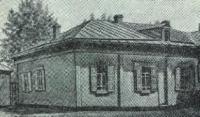
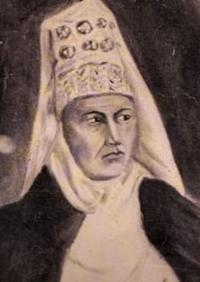
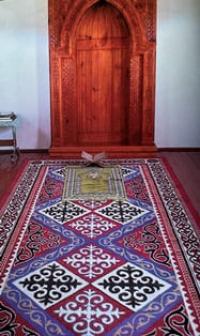
Tours in North Kazakhstan region.
“Two picturesque mountains covered with pine forest cover his estate; sweeping along the rocky ascent and descent, we saw several houses in the taste of our middle-class landowners, and in the middle - a mosque. In the middle of the house occupied by Shyngys and his wife, the decoration matches the landlord's. In the hall there is an organ playing up to twelve pieces; mirrors in the piers, bronze candelabra with crystal pendants, the same sconces; small silk curtains on the doors, trimmed with a thin but wide agramant. In the drawing-room, instead of Gardner's or Kornilov's vases, there are Chinese ones; a lamp on the table, a sofa, etc. All floors are covered with Tashkent and Persian carpets; tiger, leopard and bear skins are draped over the furniture. The overall impression is pleasant"
Alexander Gaines. July 1865.
Tours to historical monuments of Northern Kazakhstan.
Aiganym estate in the Syrymbet tract (Valikhanov estate) is located at an altitude of 230 meters above sea level, located in the northwest of the Sarymbetsky Bor valley, 800 meters southeast of Lake Kumdykol, 3.9 kilometers to the south and slightly east of the modern the village of Syrymbet, 5.2 kilometers west of the village of Shokkaragay, on the territory of the Sarymbet rural district in the Aiyrtau district of the North Kazakhstan region.
The estate in Sarymbet is the family estate of the Valikhanovs - direct descendants of the Khan of the Middle Zhuz Abylay. The estate was built for the widow of Uali Khan Aiganym (grandmother of Chokan Valikhanov) by decree of Emperor Alexander I of April 30, 1824 and by order of the Governor-General of Western Siberia Pyotr Kaptsevich.
Aiganym, being the daughter-in-law of the great Abylai Khan, after the death of her husband, became closely involved in managing the territory and people under her control. She was also very active in foreign policy.
This activity, manifested in a strong pro-Russian position, was the reason that in 1838 the estate was attacked by a detachment of Kenesary Kasymov’s sister, Sultana Bopay. Then the estate was ravaged and partially destroyed, however, Aiganym and her relatives were not there at that time.
The estate was quickly restored. This place is famous mainly because it was here that the great Kazakh traveler spent his childhood and youth years. By the thirties of the 20th century, practically nothing remained of the estate: many of its buildings were completely destroyed or dismantled, or were in disrepair.
Chokan Valikhanov spent his childhood and youth in the estate; he came here on vacation from the Omsk Cadet Corps and lived in 1862 - 1864. The estate played an important role in the spread of educational ideas and culture in the Kazakh steppe.
The Petrashev poet Sergei Durov (summer 1856), who influenced the formation of Chokan Valikhanov’s views, and Grigory Potanin (summer 1895) came here. Aitys of singers and musicians took place here, famous composers Birzhan-sal Kozhagulov and Ahan-sere Koramsin, kobyz player Kurumbai Kangozhin, singer Koke Aldzhanov, poetess Azhar performed here.
The memoirs of the famous administrator of Western Siberia A.K. Gaines have been preserved; in August 1865, the natural landscape of the estate and the interior of the residential building were described in detail:
“The father of Chingis Valikhanovich was distinguished by his devotion to Russia, and Khansha Aiganym, after the death of Valiya, received from Emperor Nicholas for hereditary possession a vast land of 100 square meters. verst. Here a mosque, a house, a school, a bathhouse, and a mill were built for her; but all this was burned by the Kenesarin gangs, and after that it was not renewed.”
August 14.
At about ten o’clock we left for the winter quarters of Chingis - Syrymbet. Where we saw him yesterday, he only spends the night. His wanderings are sometimes 150 miles away from the place of his winter camp, according to Chinggis. Now she is approaching wintering.
Chingis rode in a tarantass straight to Syrymbet; we went there with hawks and sparrowhawks. How nice it is to ride across the steppe in the company of these semi-wild steppe inhabitants, electrifying you with their ecstasy and screams...
Chingis's wintering grounds lie 10 miles from the present place of migration. Two picturesque mountains covered with forest cover his estate; rushing along the rocky ascent and descent, we we saw several houses in the taste of our middle-class landowners, and in the middle there was a mosque.
In the middle of the house occupied by Chinggis and his wife, the decoration matches that of a landowner. There is an organ in the hall that plays up to twelve pieces; mirrors in the walls, bronze candelabra with crystal pendants, the same sconces; small silk curtains on the doors, trimmed with thin but wide agramant.
In the living room, instead of Gardner or Kornilov vases, there are Chinese ones; lamp on the table, sofa, etc. All floors are lined with Tashkent and Persian carpets; Tiger, leopard and bear skins are draped over the furniture.
The overall impression is pleasant. As soon as we arrived, feeding, drinking tea and kumiss began. A lot of ragged, bronze-colored boys on half-naked limbs piled into the room. At Genghis's winter quarters I saw his fat wife.
She sat on cushions behind a raised silk curtain. She was dressed in a crimson velvet cassock, lined with wide braid. Two very pretty and slender girls dressed in silk were huddled to the side. Their face type was almost European; these were the daughters of Genghis. When they started talking about Chokan, the Sultana began to cry bitterly and grimace...”
After the death of Chokan, Grigory Nikolaevich Potanin in 1896, he made a trip to the Syrymbet estate to meet Valikhanov’s relatives and pay his last respects to his friend. The result of this trip was the essay “In the yurt of the last Kyrgyz prince”:
“On this road we quickly reached the estate of Sultan Chinggis, located under the western cape of Mount Syrymbet. The estate of Sultan Chinggis consists of a large manor house with three wings, barns and a mosque.
In winter, Sultan Chinggis and the family of his youngest son Kokush are housed in the main house; in the outbuildings are Maki, the divorced wife of Yakub with his children (who was first the wife of Chokan) and the mullah.
The estate is located on an open area, above which Mount Syrymbet rises from the east, covered on this side with a pine forest; from the west, a large birch grove separates the estate from a large lake, the waters of which are visible between the trunks of birch trees.”
In his work “On the artistic heritage of Chokan Valikhanov” Alkey Khakanovich Margulan gives a spatial representation taking into account the architectural features of the Sarymbet estate:
“The type of manor buildings of that time and their internal structure is introduced by the plan of the Aiganym estate, called by Chokan “Plan of the Old House of the Khansha” (Khanshinnyң eski үінің sipaty).
The drawing shows plans for three buildings - a large wooden house, a school and a bathhouse. The hanshi's house had 19 windows, two entrances: one front, the other into the courtyard. Both entrances had wooden stairs with railings.
The total area of the house is about 300 square meters; the front entrance opened into a vast corridor, on both sides of which there were rooms: a large one for visiting guests, a smaller one for servants.
In the middle of the house there were two halls for receiving honored guests, each 70 square meters. The school plan is simpler. Its building was divided into two halves, one with two well-lit classrooms, and the other with a three-room teacher’s apartment.
The bathhouse consisted of a corridor, a rest room and the bathhouse itself. The plan of the mosque, as well as some other details of the estate premises, is given in the drawing “Some details of the Aiganym estate”.
The mosque was built according to the type of city mosques, with an area of 260 square meters, with a high drum, a conical minaret, topped with a round ball with a crescent. It consisted of an entrance corridor, two service rooms and a large hall with a mihrab (prayer niche) and was quite suitable for the Kazakh feudal aristocracy.
The figure shows the profiles of buildings, the shape of the hipped roof, windows opening inward, external decoration, etc.”
In 1929, the houses and outbuildings of the Syrymbet estate were dismantled and transported to the region. One of the estate’s residential buildings was moved to the village of Volodarskoye (now Saumalkol); a post office and other institutions were located in this house. In the nearby village of Syrymbet there is a barn from the estate; a mosque, a barn, and a bathhouse were moved to the village of Shok-Karagai.
In the fall of 1977, the Kazrestavratsiya association carried out a topographic survey of the land plot, identified the foundations of buildings, and collected data about the Syrymbet estate. A pencil drawing by Chokan Valikhanov has been preserved, which depicts the estate: a residential building with three outbuildings and a mosque built in 1814, a madrasah, a mill and other outbuildings erected before 1835.
According to the composition of buildings (excluding mosques and madrassas), layout (division of the estate into residential and economic zones), location (a picturesque group of buildings near a reservoir and forest lands) the Syrymbet estate is a Russian noble estate of the XIXth century.
On January 26, 1982, it was included in the register of urban planning and architectural monuments of the North Kazakhstan region.
By 1985, for the 150th anniversary of Chokan Valikhanov), the estate was partially restored.
In 1991, according to the design of architects T.N. and N.V. Turekulov, the estate of Aiganym and Chingis Valiev, where the museum complex is located, was restored in the Syrymbet valley.
The museum complex consists of a so-called manor house with a living room, a school, a mosque, a mill, a residential building for servants, a bathhouse and outbuildings.
As part of the republican program “Cultural Heritage” for 2008 - 2009, restoration work was carried out in the Syrymbet tract. The Ministry of Culture and Information of the Republic of Kazakhstan allocated 28,000,000 tenge for the restoration of the estate in 2008 - 2009; restoration work is carried out by the West Kazakhstan branch of the State Enterprise “Kazrestavratsiya”.
The following work was completed: the residential building and mosque of the estate were restored, wooden fences and gates around the estate were replaced, the wooden plank in the residential building was replaced in two layers, doors and shutters were replaced.
Restoration work was to continue in 2010 in accordance with the Concept of the strategic national project “Cultural Heritage” for 2009 – 2011.
Geographical coordinates of museum-estate of Ch. Valikhanov in “Sarymbet”: N53°26'49 E68°00'09
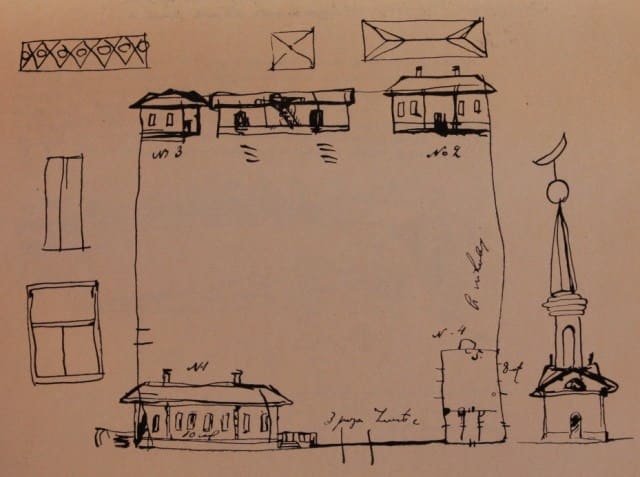
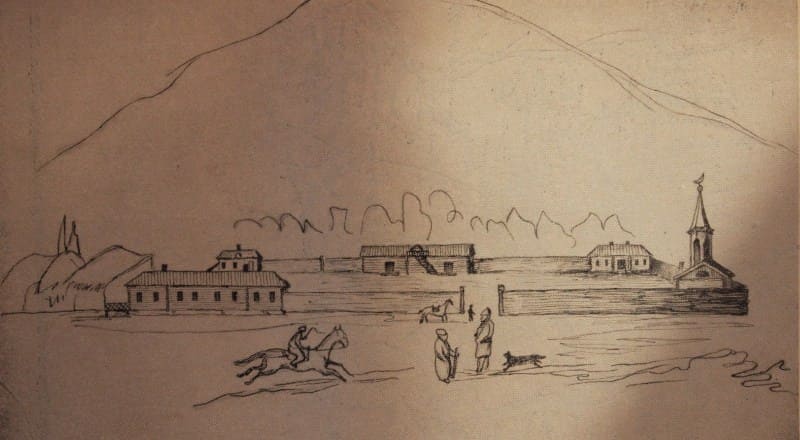
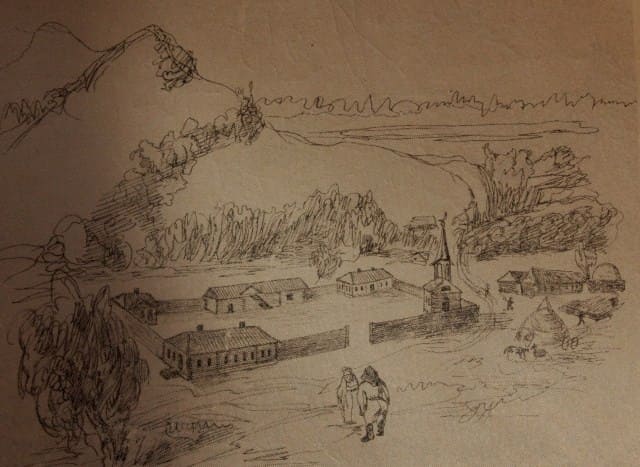
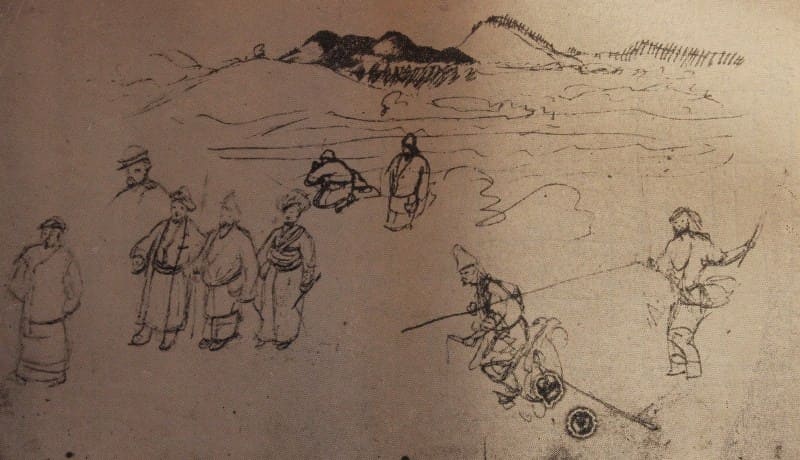
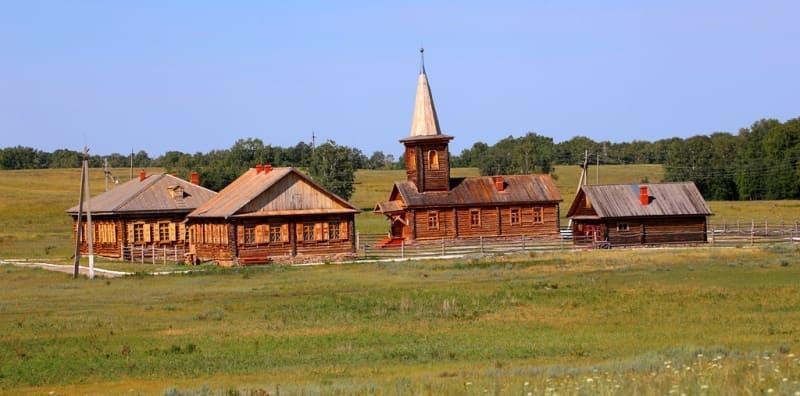
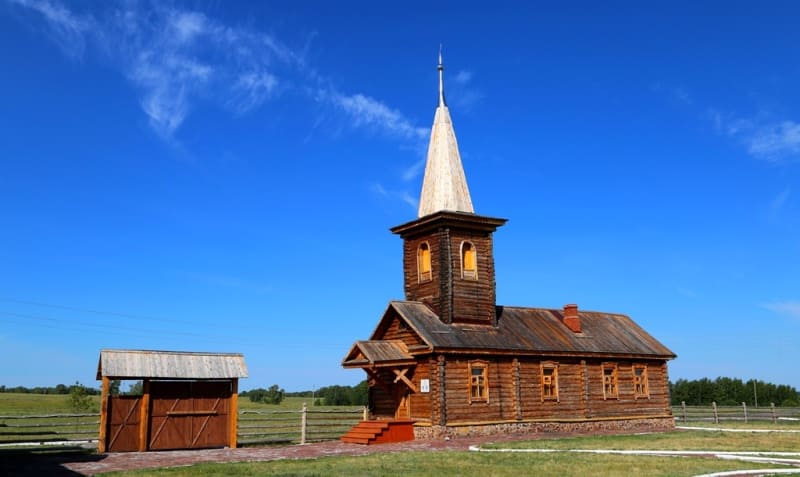
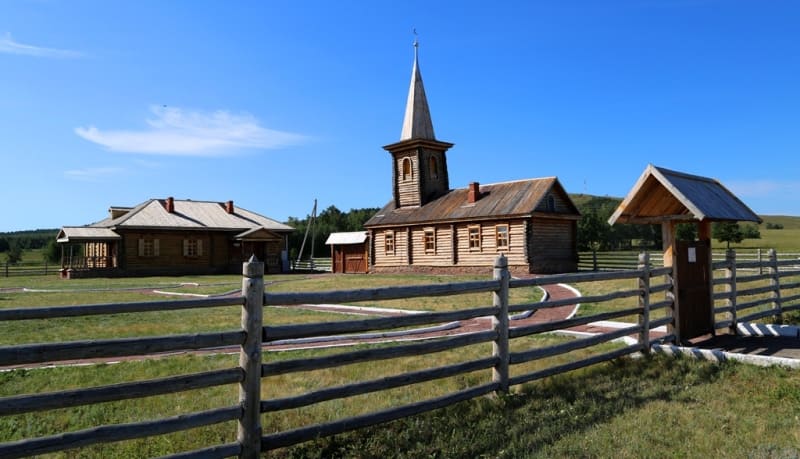
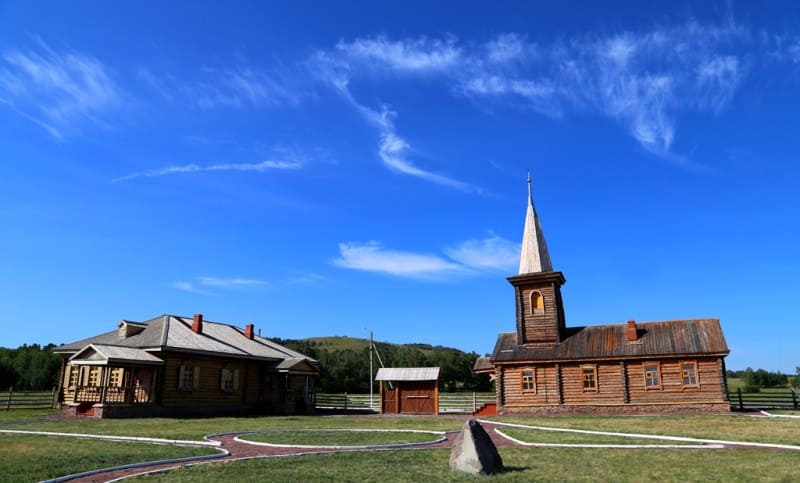
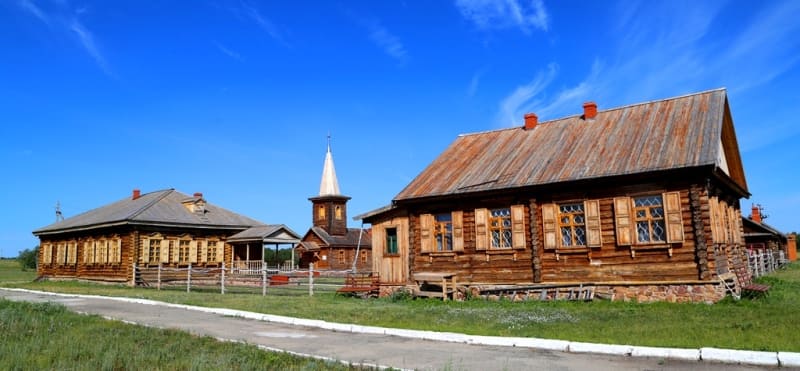
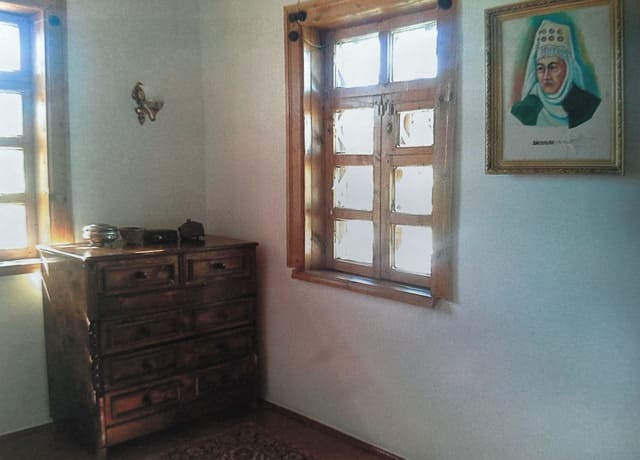
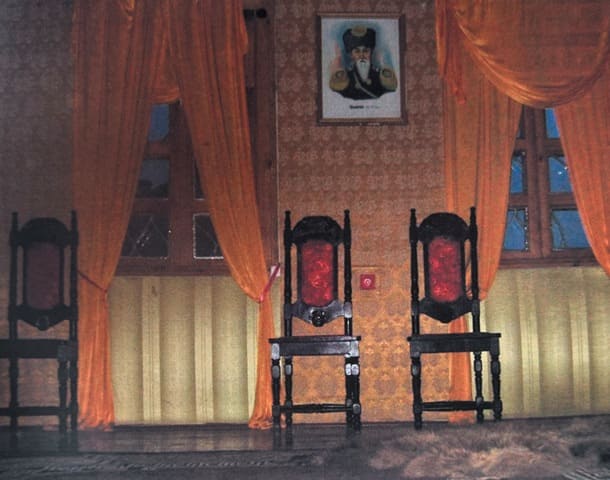
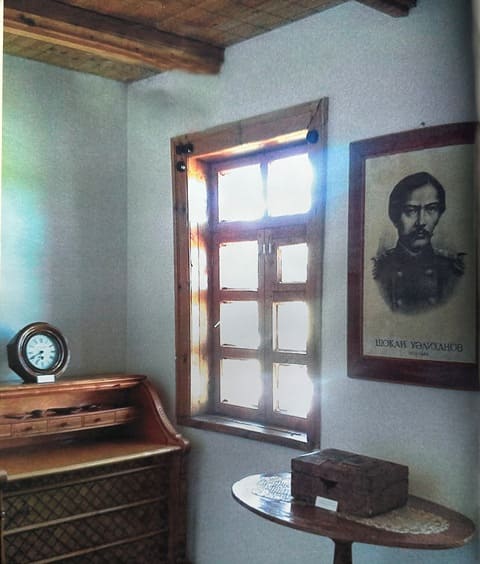
Authority:
Alexander Petrov.
Photos by:
Alexander Petrov.







